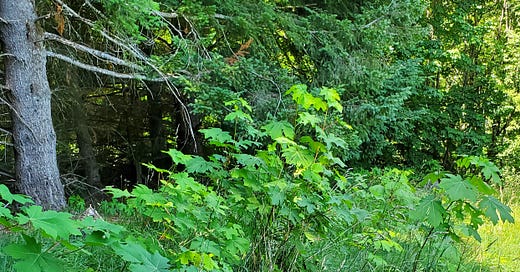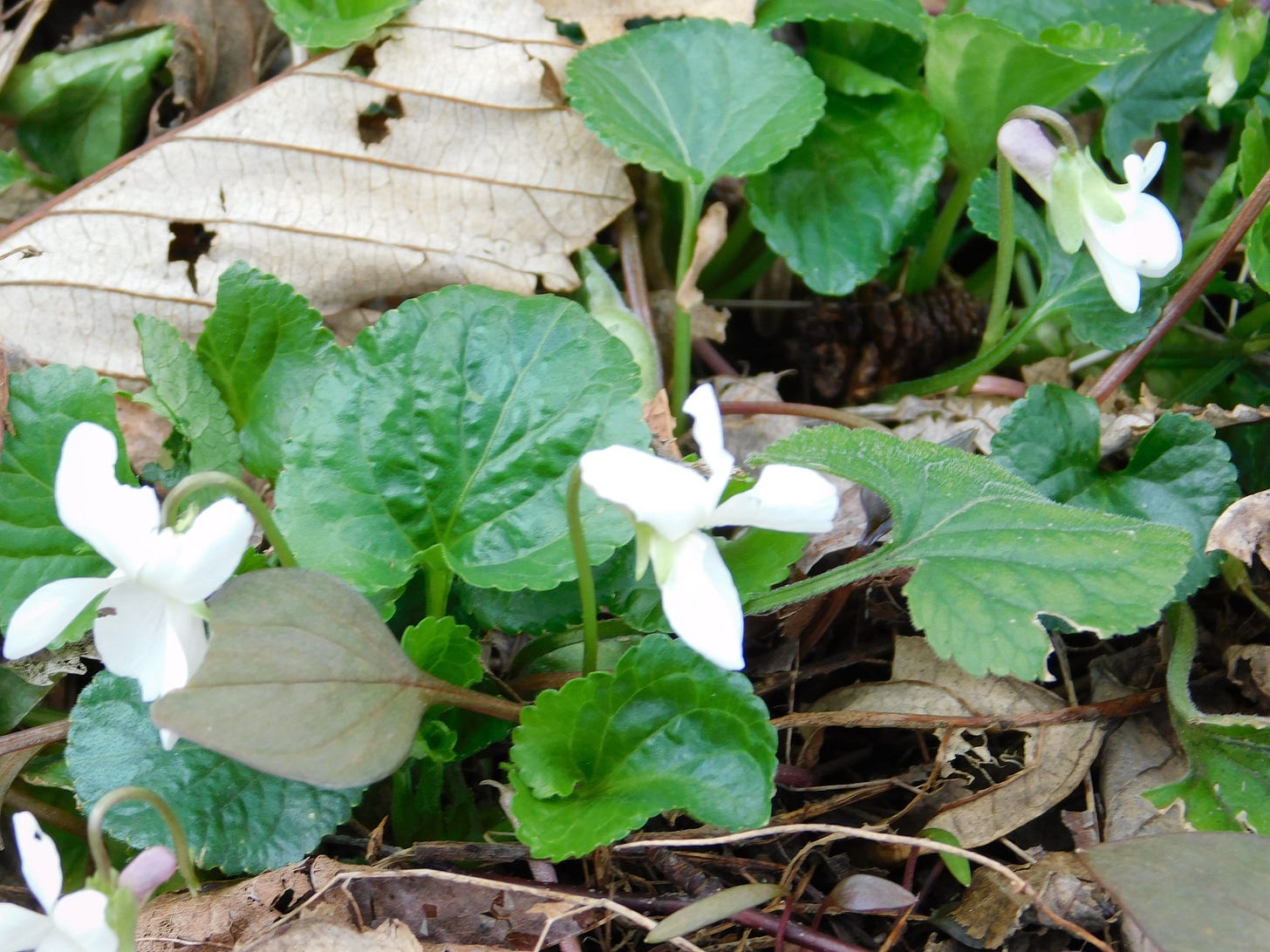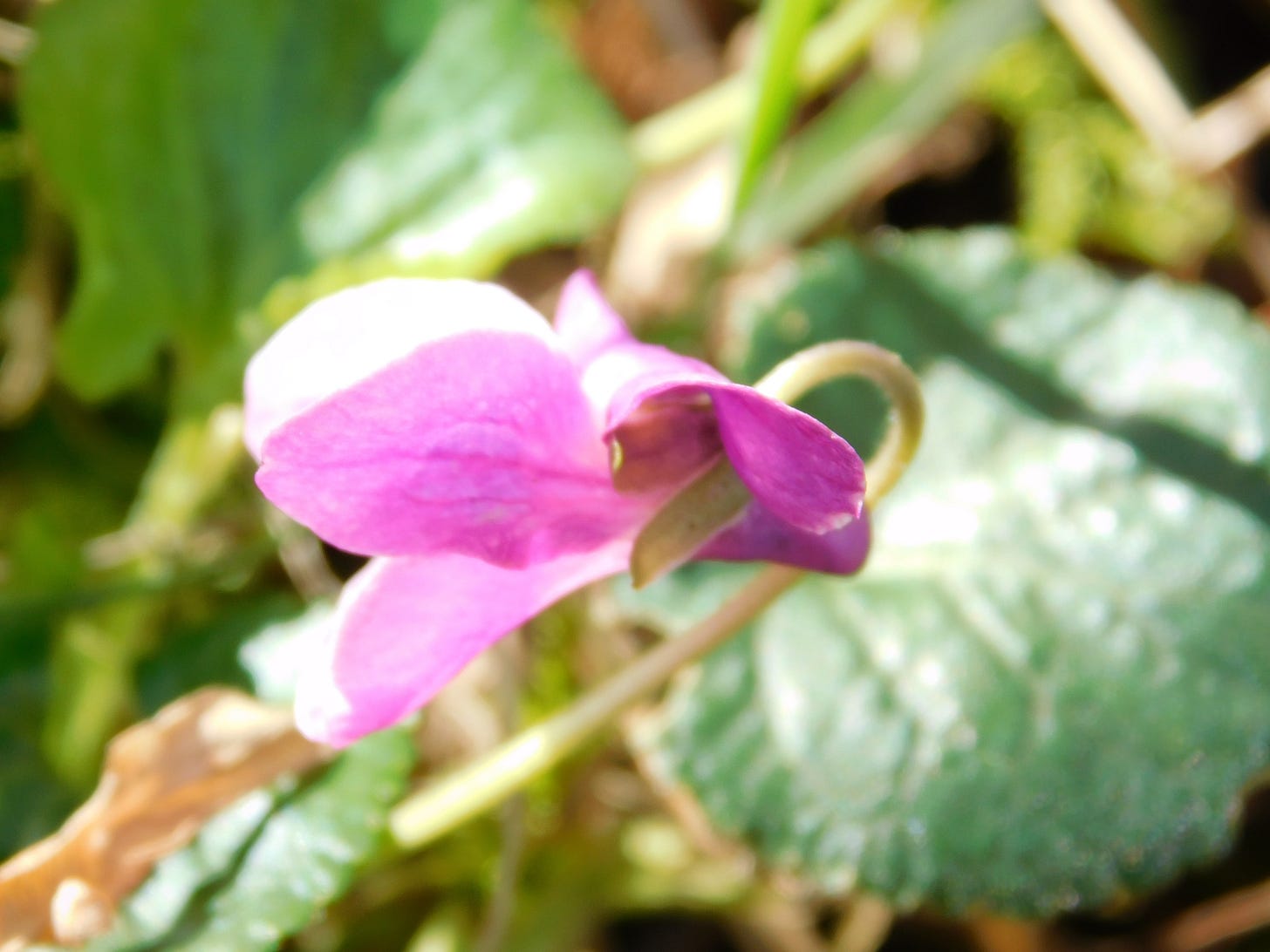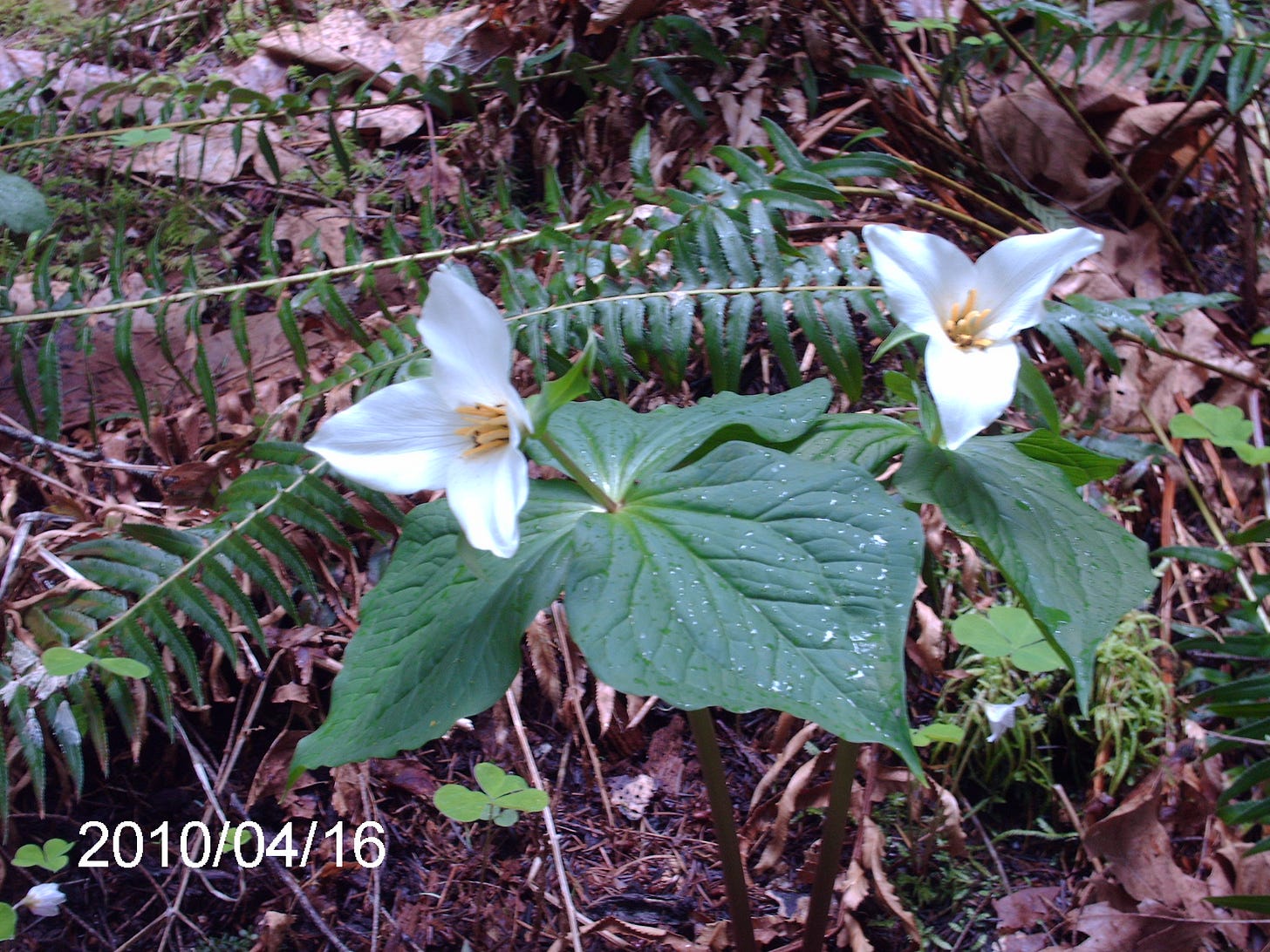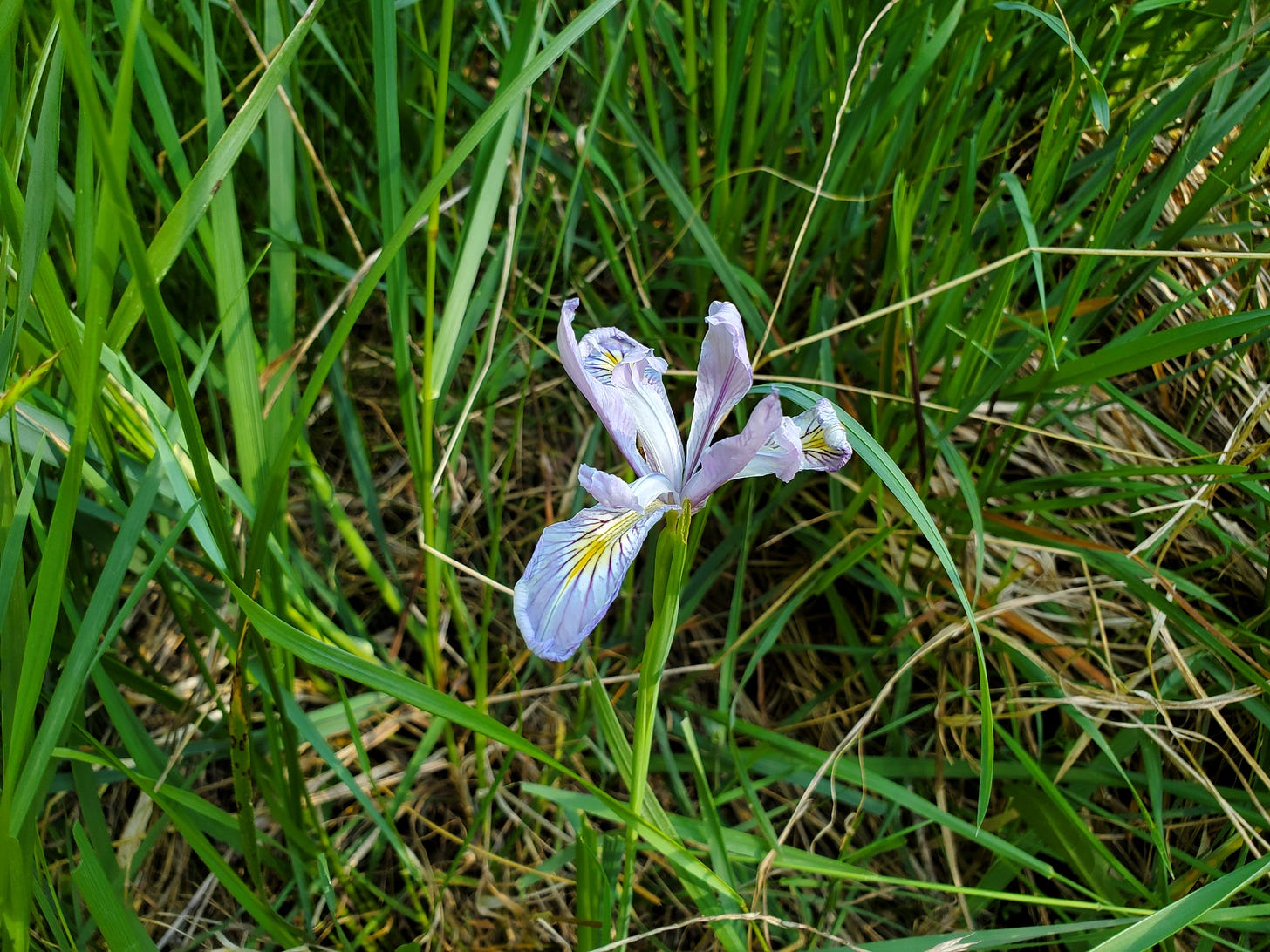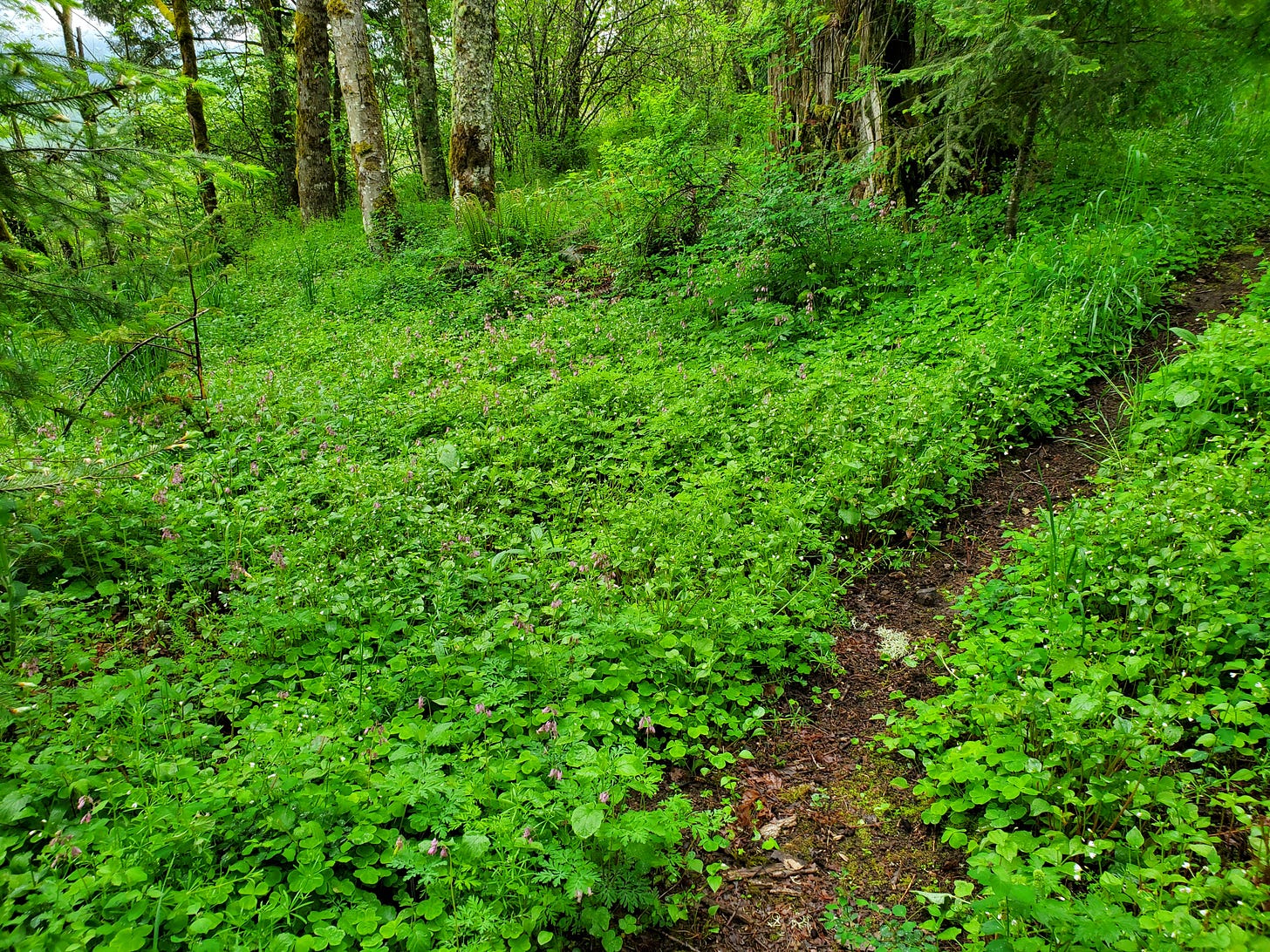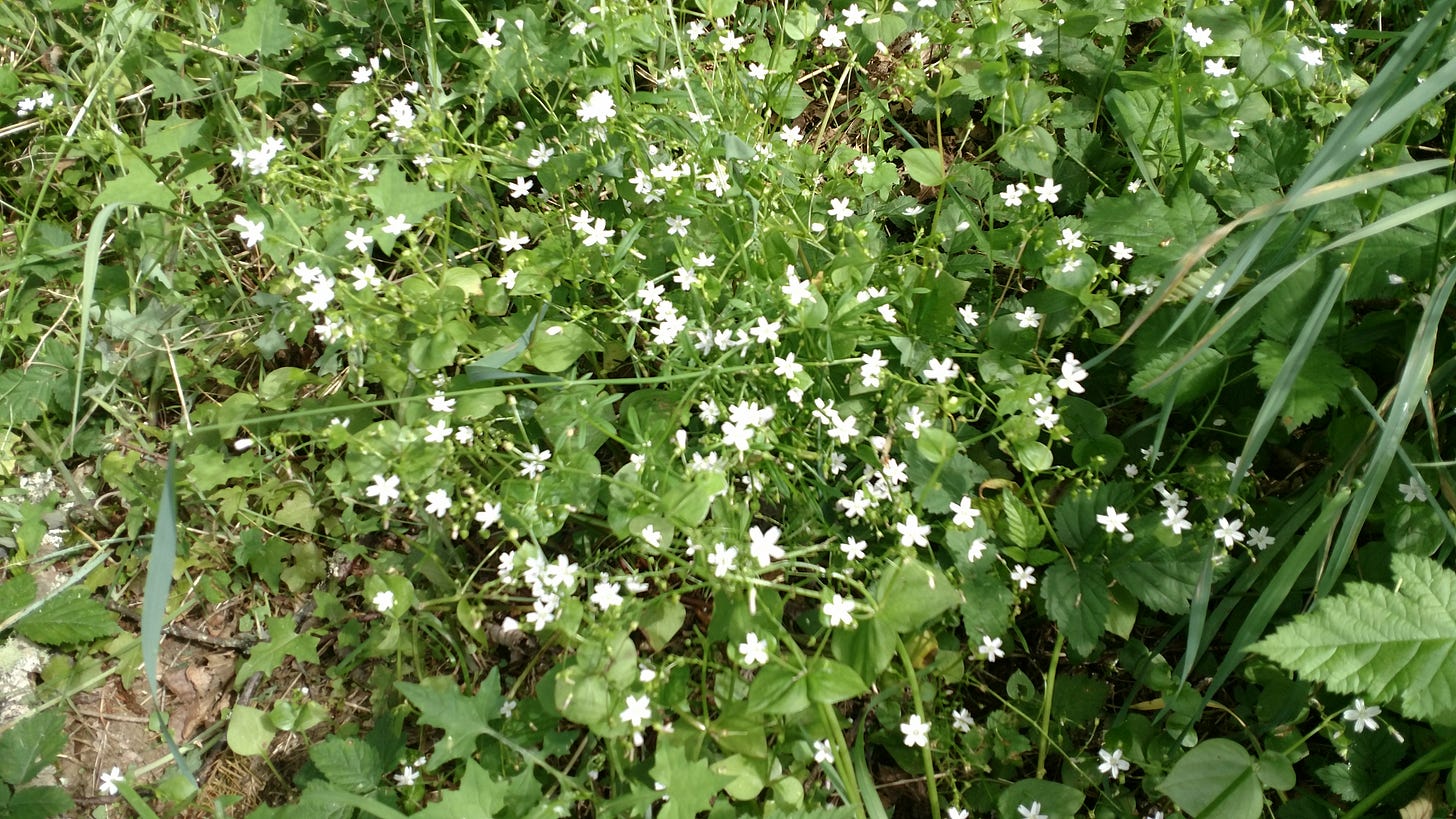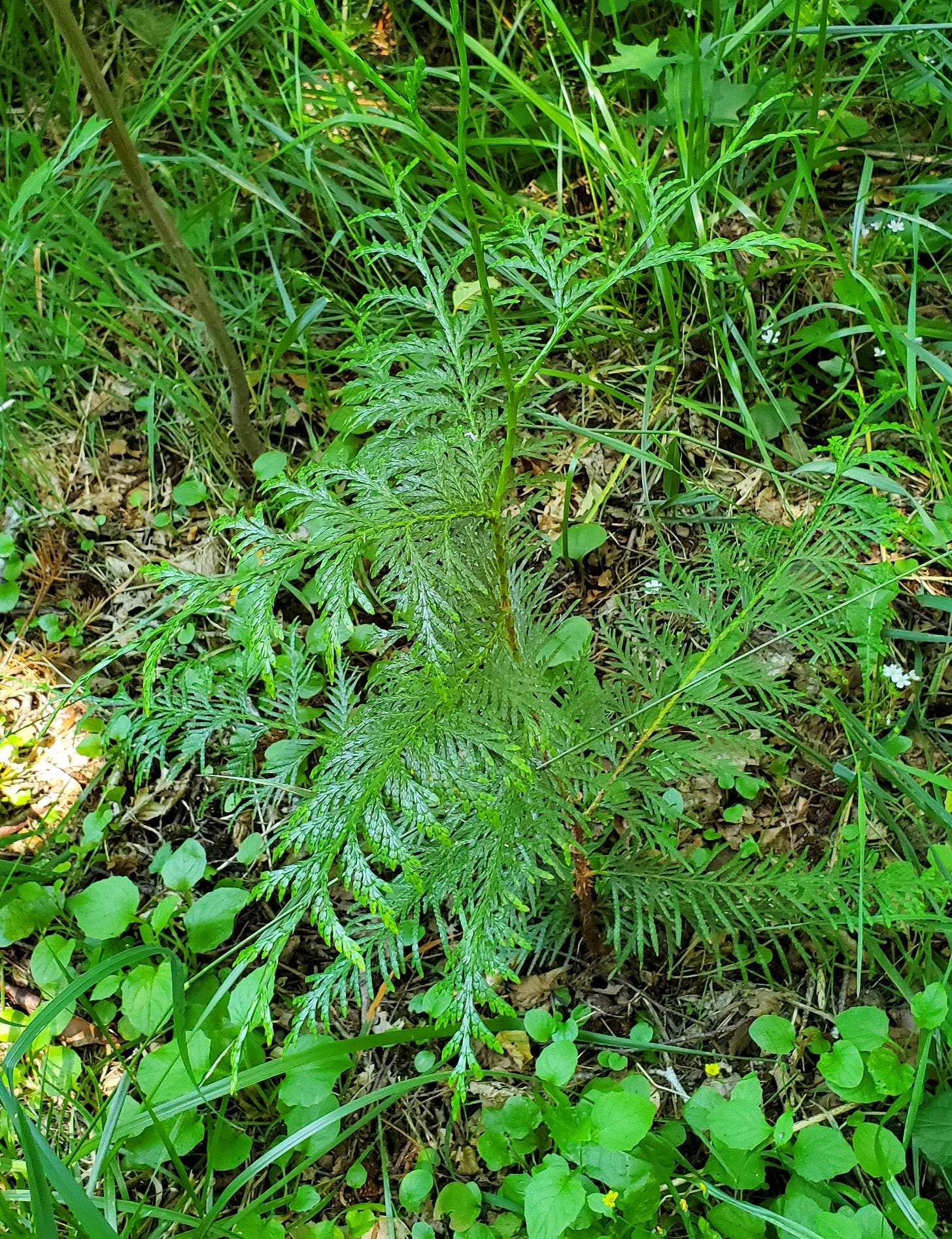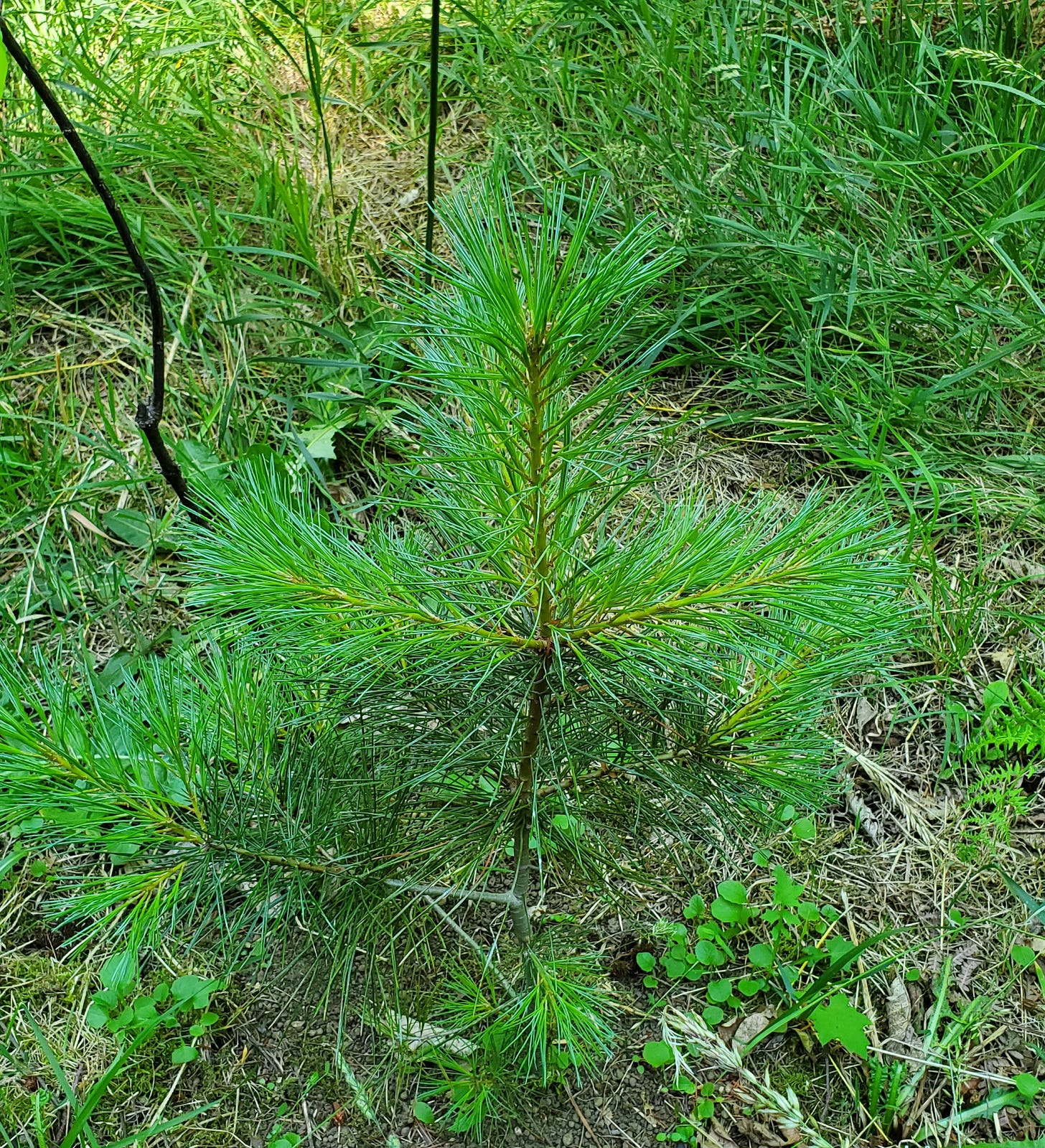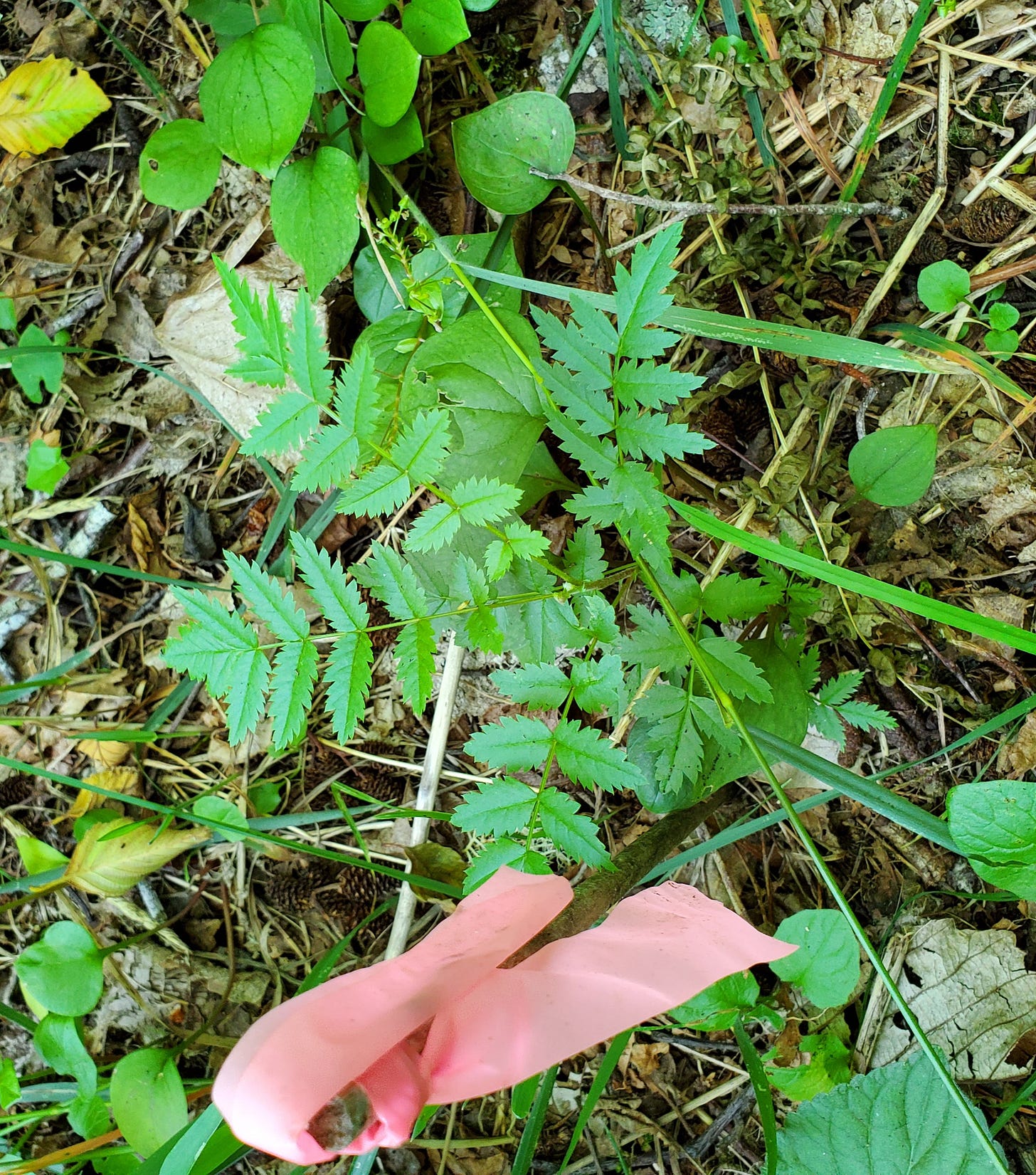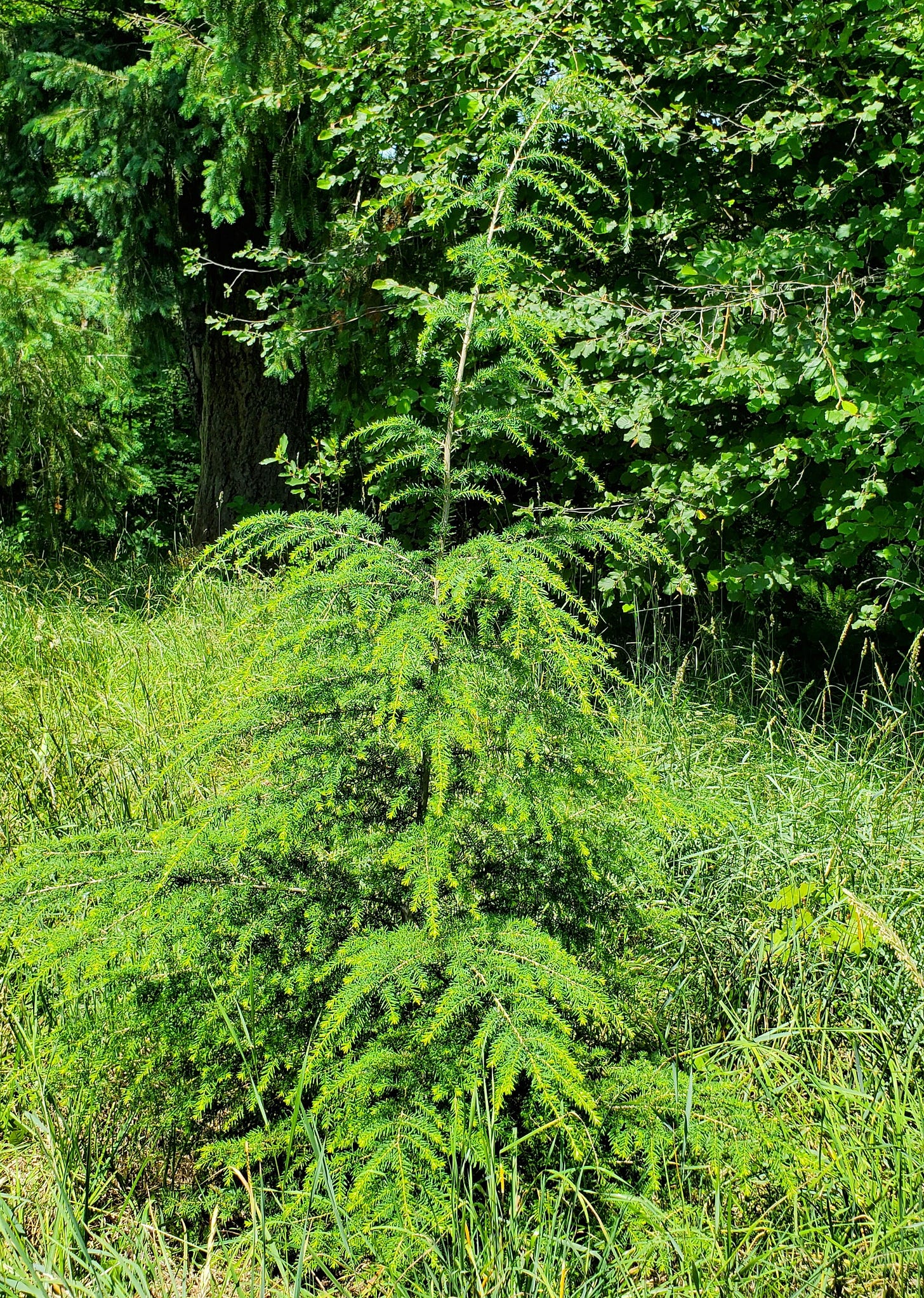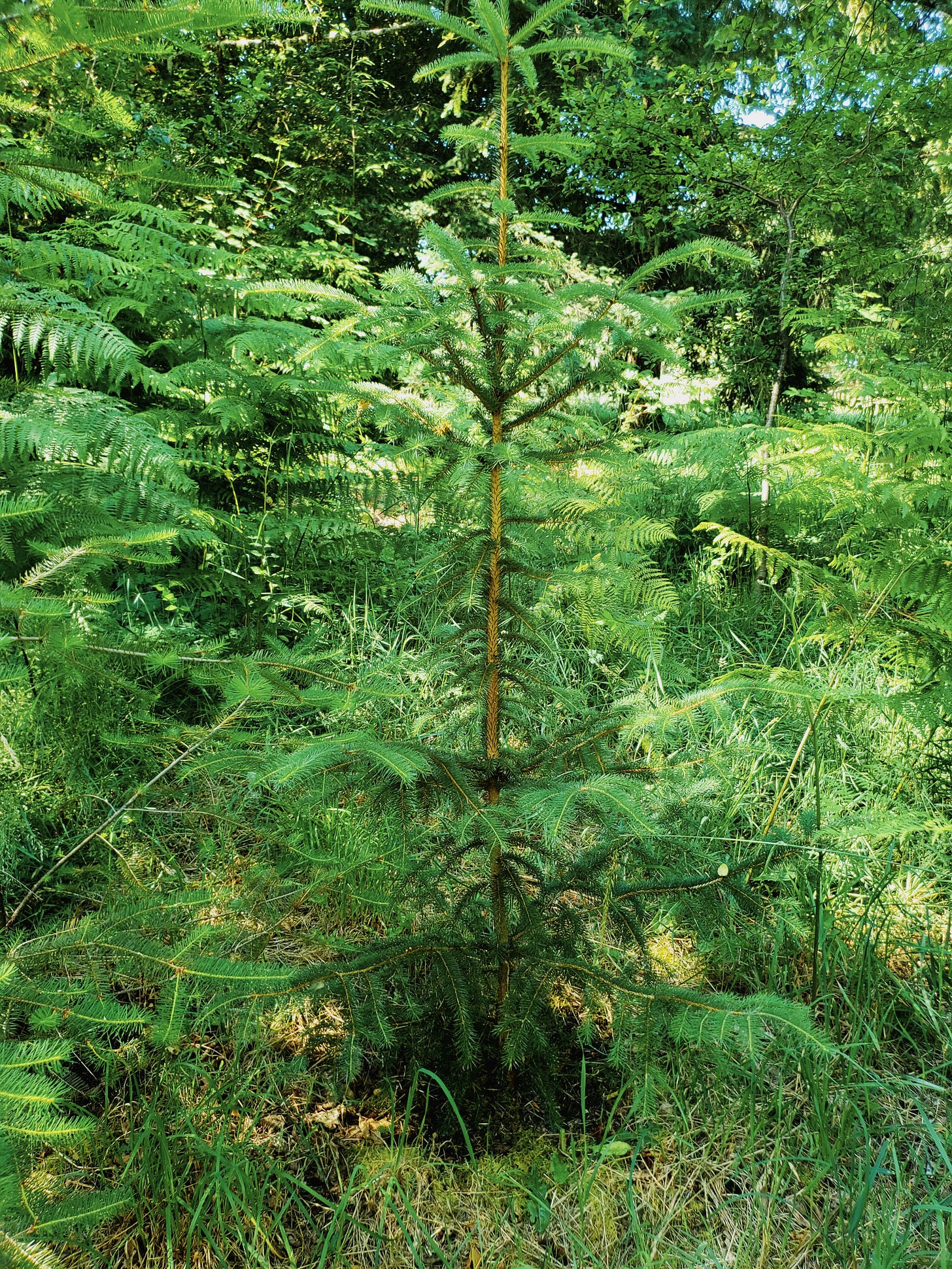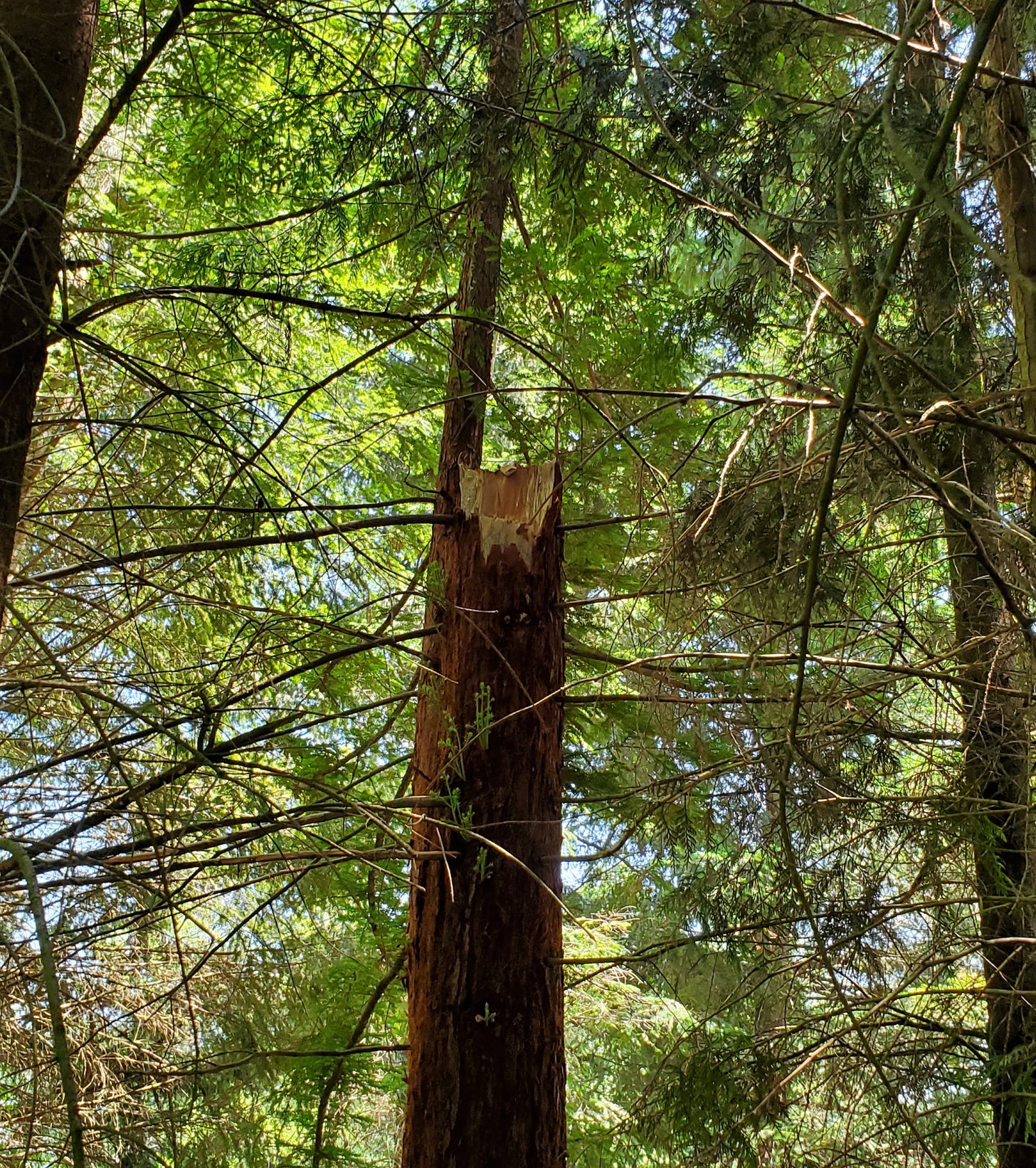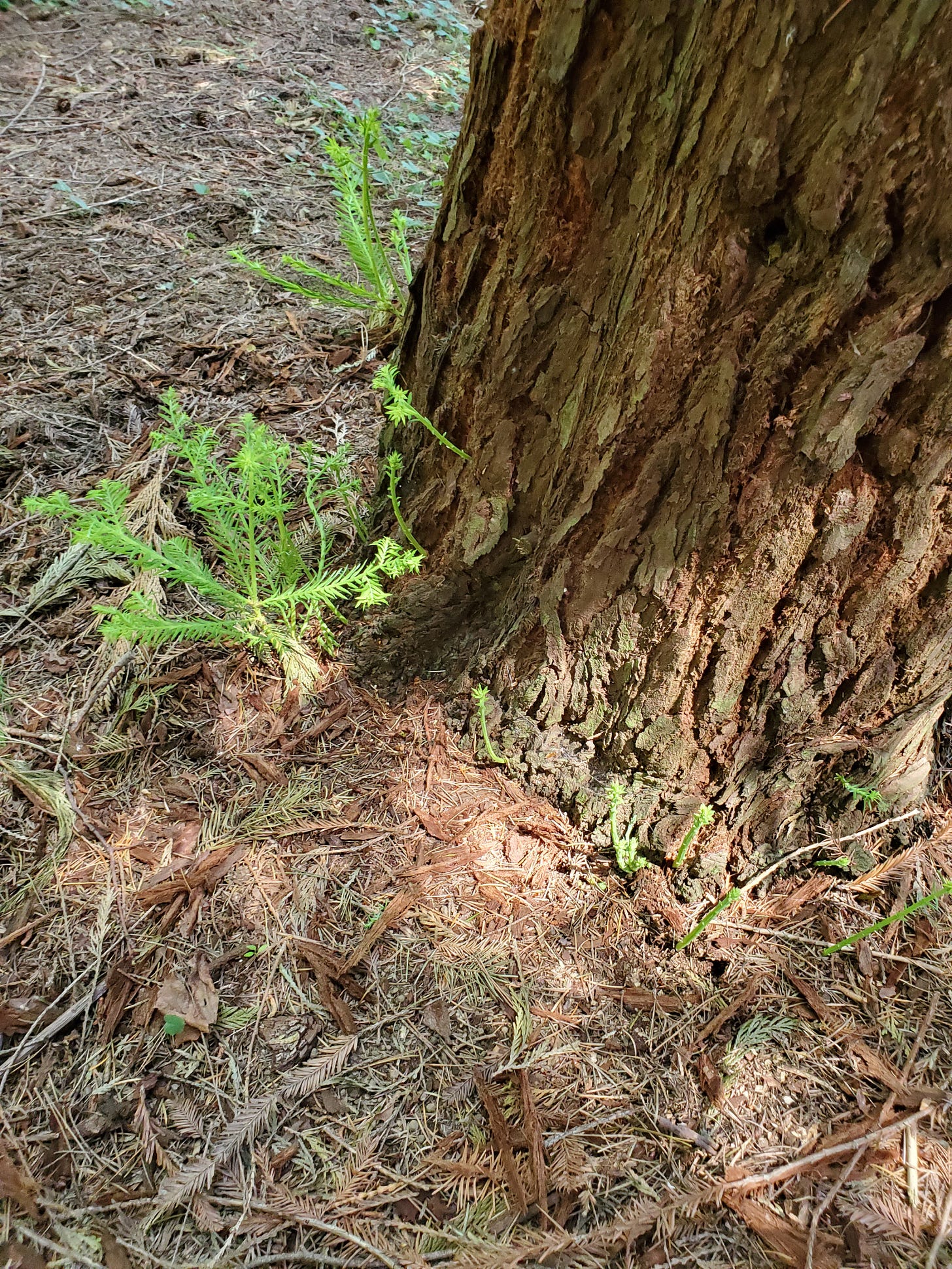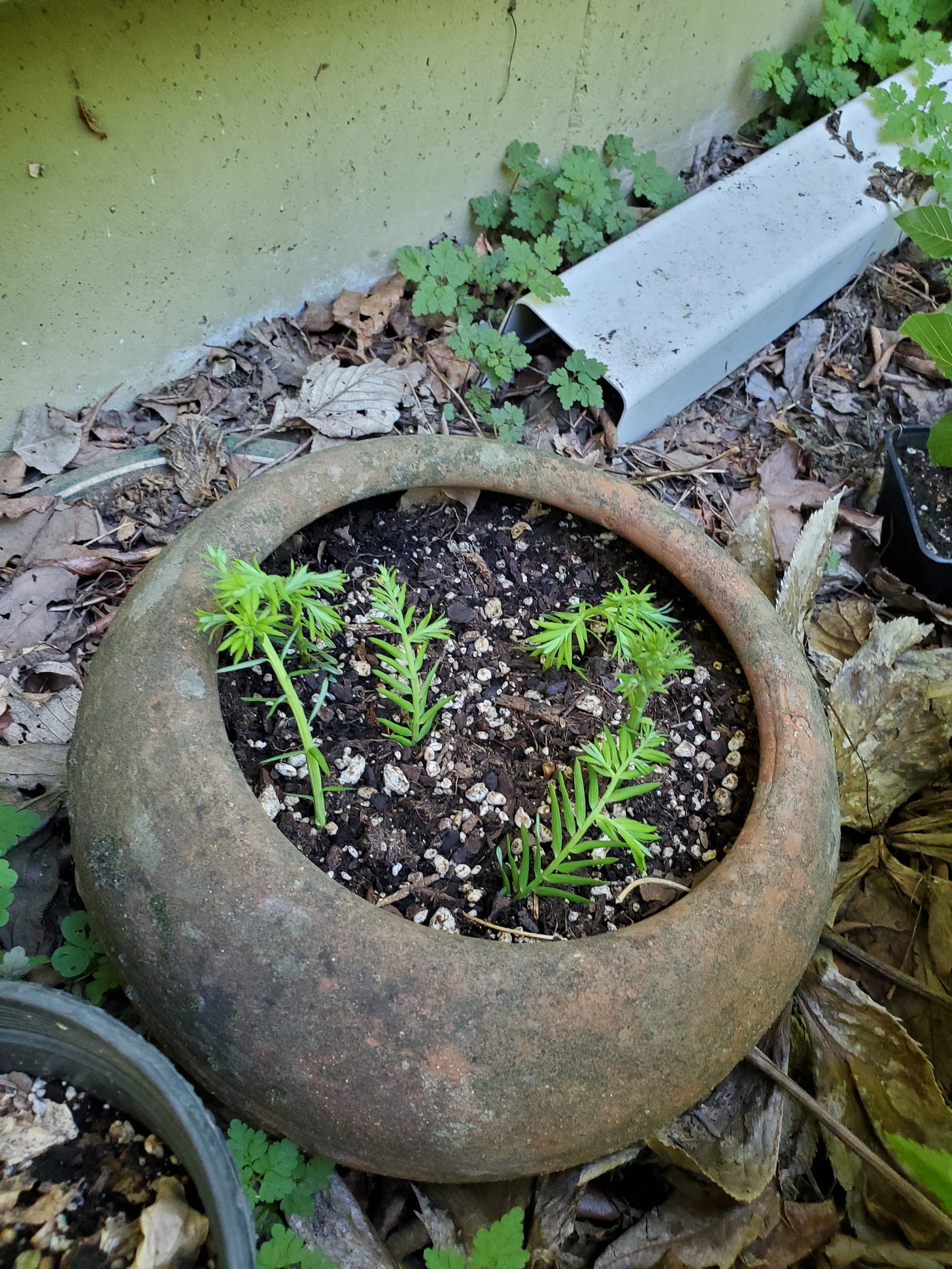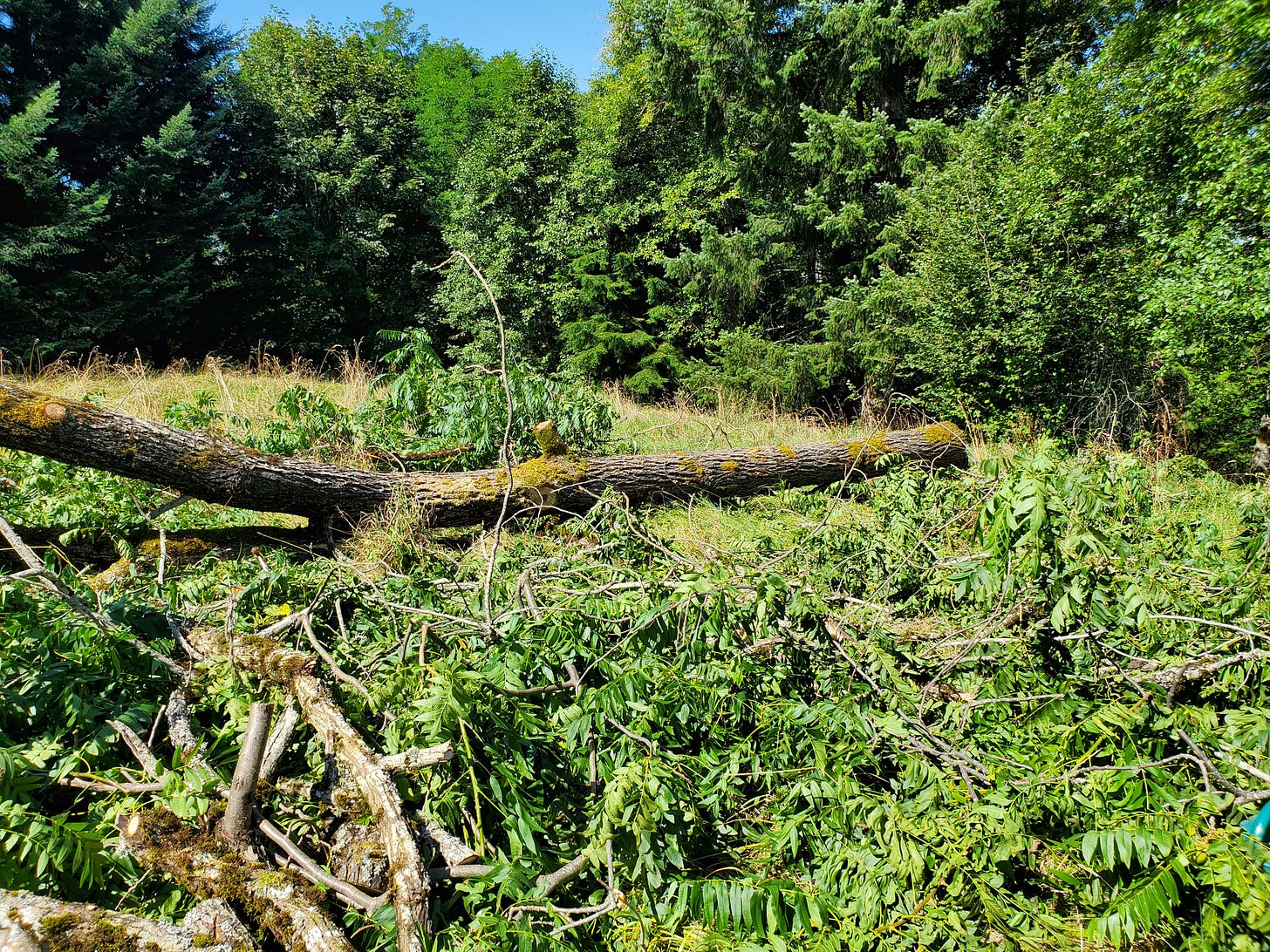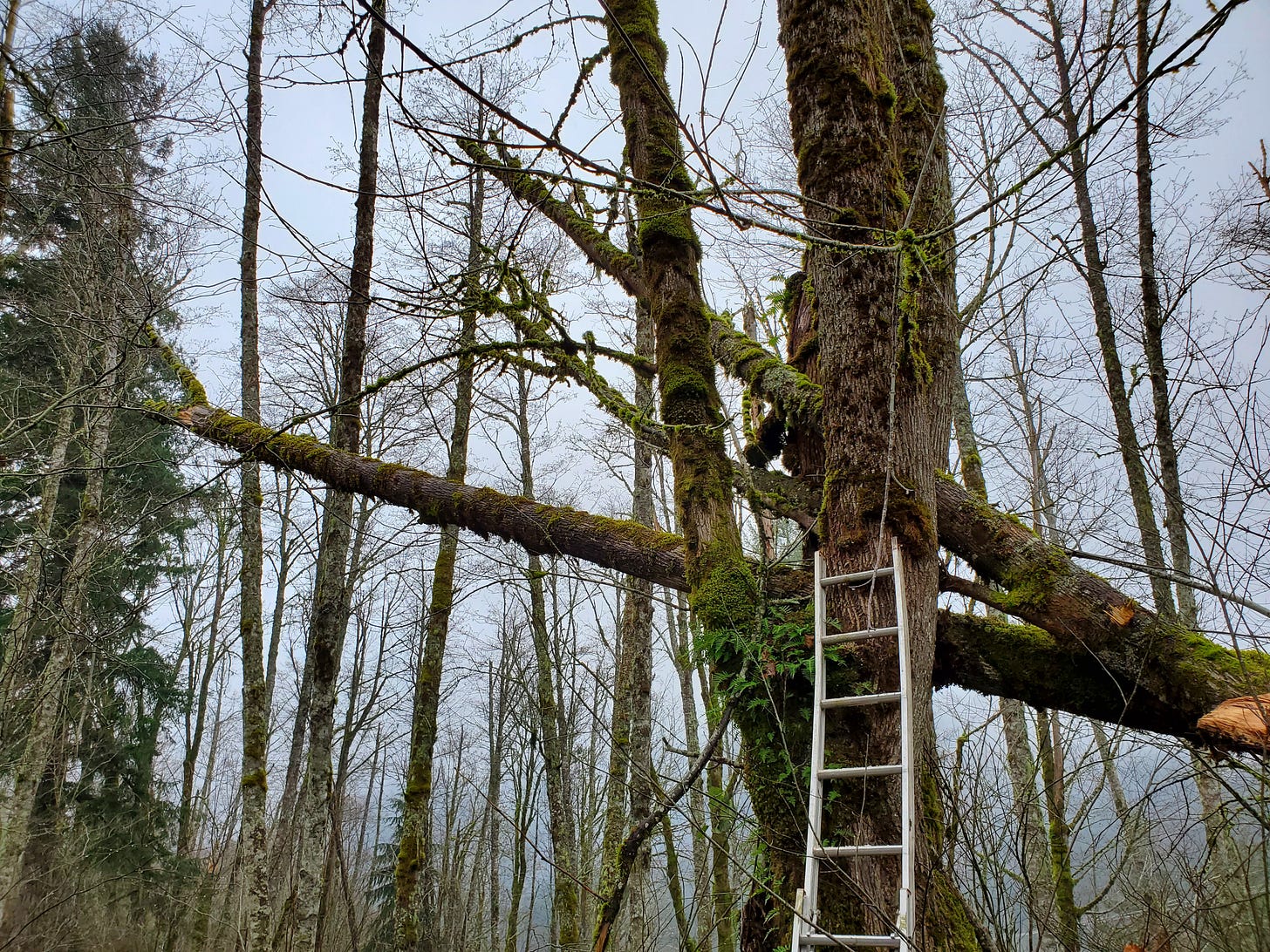young maple trees that are so close together that they need to be thinned
first, an update on CBDCs, from Jim Rickards
“CBDCs (central bank digital currencies) are not crypto currencies. They are digital and rely on encrypted message traffic. But they do not use blockchains as a ledger, and they are not open to all users like crypto currencies. CBDCs have a centralized ledger (controlled by a central bank or finance ministry) and do not have decentralized origins like crypto currencies. CBDCs are programmable. They allow central banks (or regulated commercial banks) to monitor your purchases. In conjunction with artificial intelligence (AI), purchases and other uses of money (charitable contributions, political contributions, travel, etc.) can create a profile that identifies you as an ‘enemy of the people’”… [if so described by a government]. “…CBDCs can also be used to freeze your account, require you to spend money at the risk of confiscation in the form of a “fiscal penalty” or to impose withholding tax on professionals and independent contractors who are not currently subject to withholding. Still, this will not be fully implemented in the U.S. and Europe until early 2024”…[ although the beginning stages have already begun, with “FedNow”]
some thoughts on the “armor of God”
Our Sunday sermon was on Ephesians 6:10-17. Verses 12-13 set the stage: “For our struggle is not against flesh and blood, but against the rulers, against the powers, against the world forces of this darkness, against the spiritual forces of wickedness in the heavenly places. Therefore, take up the full armor of God, so that you will be able to resist in the evil day, and having done everything, to stand firm.” (New American Standard Version) This passage is a good reminder that we’re in a spiritual battle. It’s a battle for the mind. When you go into battle, it’s a good idea to have your armor on. Armor is mainly for defense and protection against attacks, although verse 17 mentions the “sword of the Spirit, which is the word of God”. A sword can be used both defensively and offensively. The word of God is compared to a sword in Hebrews 4:12: “For the word of God is living and active and sharper than any two-edged sword, and piercing as far as the division of soul and spirit, of both joints and marrow, and able to judge the thoughts and intentions of the heart.” Therefore, the word of God (the bible) is the weapon to use in the spiritual, mental and emotional battle for the minds of our enemies. Jesus said to love our enemies. If we love them, we will want them to know the truth and to be set free from the terrible darkness that is in the world. Because of the “rulers”,.. “powers”,… “world forces of this darkness”,..and “spiritual forces of wickedness”, we can expect to be persecuted when we go up against them, as Jesus was, and as He said His followers would be. So it takes courage to confront error with truth. For example, all one has to say is “There are only two genders; male and female”, or “homosexuality and all the other sexual perversions and immoralities are anathema to Christianity”, and there will be persecution. [or the positive proclamation of Truth - “God created man in His own image,…male and female He created them” - can also get you persecuted] Our fight is against ideas that are opposed to God’s word; not against the poor people that have been blinded by those false ideas.
continued from last week’s “Forest Management” - what to keep, what type of new seedlings to plant, and what to cull
Here are a few of the wildflowers in our woods. I try to protect them from the encroachment of invasive species. Dbl-click to enlarge pictures.
the ground is covered with these violets in early spring
I found this beautiful orchid last year
the trilliums are a joy
found a wild iris in the field
springtime carpet of bleeding hearts and sourgrass
in it’s turn, we have plenty of miners lettuce for salads, along with the sourgrass, and there’s plantain and dandelions up by the house
trees - my goal is to reforest the old pasture area, and also to enrich the wooded area by introducing more conifers that are plentiful in the National Forest. Below are a few examples - there are many more that I didn’t have time to illustrate because of our family reunion this week.
baby western red cedar
white pine reminds me of the ‘ol stamping grounds of my youth - the Adirondack Mts
this Mt Ash sprung up on its own -I flagged it to remember to protect it with some deer spray
the deer love Mt Ash leaves - they stripped almost all of the leaves off this one; I had forgotten to spray it with nasty smelling deer spray, but a few leaves are trying to grow back, so I sprayed them today
I planted this Western Hemlock a few years ago as a baby - this field will be a forest for my grandkids
spruce brought (legally) from Mt Hood NF when 6” high; now about 6’
Coastal Redwood, received as a gift 22 yrs ago, top snapped off in winter storm, a new top is forming (behind broken top) - I get most of our firewood from winter storms
the Coastal Redwood is sending out some sprouts as a reaction to the broken top - I’m going to try to pot some of them up and propagate new seedlings
coastal redwood starts
Following is a list of those not shown, but maybe later I’ll get to it. We have a wonderful variety: Douglas Fir, Lodgepole Pine, Quaking Aspen, Mountain Hemlock, Beech, Red Alder, Black Walnut, Black Birch, Big Leaf Maple, Vine Maple, Balsam Fir, Pacific Fir.
removing the unwanted; what to cull
Selectively removing nuisance plants is a large-scale version of weeding a garden - it’s never-ending. And like weeding, it’s easier if you stay on top of it, before it gets overwhelming. But in the wild, pulling out unwanted plants first requires spotting them, which isn’t easy in a green jungle. (you probably noticed in the above pics that it’s hard to spot things when everything is so green) And decisions have to be made - like what to try to eradicate completely (good luck with that), what to barely tolerate, and what to keep an eye on.
I don’t use chemical sprays or machinery, except a chain saw to cut up trees that blow down in the winter storms. For smaller work, I use loppers and pruning shears, but mostly I’m just pulling stuff up by hand before it gets too big.
I took out this black walnut because nothing else grows well if near a black walnut. I sold this log to a woodworker craftsman who later gifted me with two beautiful black walnut bowls
This maple was tricky because it was hung up in another large maple. This is the type of situation that is sometimes called a “widow-maker”. But it sure made good firewood. (Yes, my ladder is a little bent - that’s another story)
Blackberries bushes are the biggest thorn in my side. It’s amazing hiw fast they can spread, and how many ways they can spread. The birds spread the seeds, of course, but the roots also put up extra runners. Left alone, our wild berry bushes can grow 40 feet in one season. They droop down and where they touch the ground, the tip actually makes roots of its own and starts a new plant! It take sturdy leather gloves to pull them up. I try to pull them before they spread, especially thise that are near my baby tree starts.
We also have a weed that my daughter calls “hitchhikers” because they develop fuzzy seeds that are about the size of a BB that attach to any passerbyer as if they were velcro. I try to spot them and pull them before they develope seeds.
Holly trees are considered invasive too. We find them sprouting up and spreading and if not removed or at least controlled, they grow multiple trunks.
We have a lot of foxglove which has pretty flowers but the leaves can be deadly. They are a potent source of digitalis.
Hazelnuts are spread by squirrels and jays and I find them all over. They form huge clumps of multiple trunks. We have way more than enough, so I pull the little starts whenever I find them starting up.
Then of course there are the thistles. They’re tough and persistent. When you pull them up, the root breaks off and they will re-grow, just like blackberries.
thinning
We have some Big Leaf Maples that drop those winged seeds all over. Some years the climate and rainfall conditions are just right and dozens and dozens of baby maples sprout. I like them, and let them grow until they’re a few feet tall, but then I have to decide which ones to remove by thinning so the remainder can get enough light and nourishment to reach a good size.
next week - what I’m learning about epigenetics (the way so much of DNA codes for control genes that regulate all the other genes). Epigenetics helps me understand some really unusual goings on within our forest - tune in next week.


